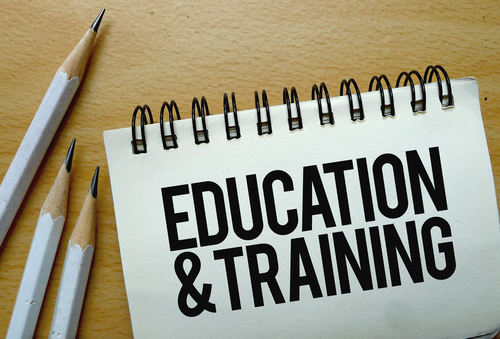Training and education are clearly related concepts. However, we tend to use them in different contexts. Education is typically thought of as broad-based and general, at least with respect to a particular field—i.e., studying British history or thermodynamics. In contrast, training tends to be much more specific, such as training to operate a forklift or learning a company’s workplace harassment policies.
What’s the Difference?
In an article for the Coeur d’Alene/Post Falls Press, Harvey Mackay, author of The New York Times bestseller Swim With the Sharks Without Being Eaten Alive, shares insights on the distinction between training and education he received from a friend.
“My good friend Nido Qubein, a fellow member of the National Speakers Association and president of High Point University, explained the difference in education vs. training, as he views it: ‘Training is imitative; education is creative. The difference between a trained person and an educated person is the difference between a parrot and an orator.’”
Education Has No Beginning and No End
He goes on to indicate that training is finite. It’s an event. Education, on the other hand, is ongoing. Education, Qubein writes, “teaches you to develop your own procedures, solve your own problems and move on to other challenges. Education is a process that has a beginning, but no end.”
In many cases, the line between training and education can be a bit fuzzy. For example, is a medical student learning post-surgery procedures undergoing training, learning, or both? Moreover, few would argue that training and education should be pursued in isolation to the exclusion of the other. But thinking about the distinction between the two concepts may help learning and development professionals think about their staff development efforts in a slightly different light.
Lin Grensing-Pophal is a Contributing Editor at HR Daily Advisor.

